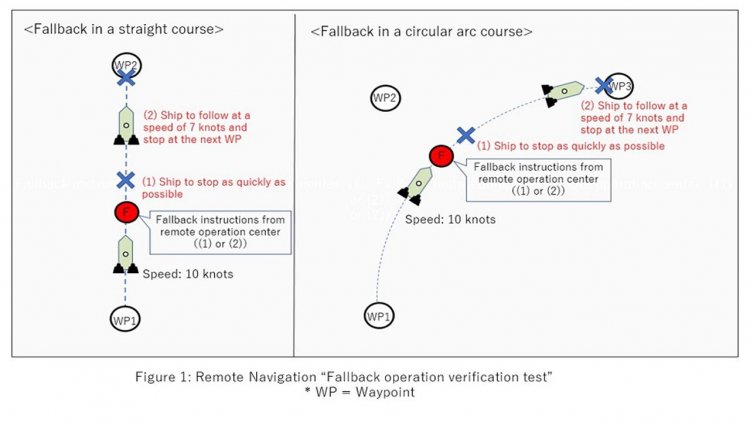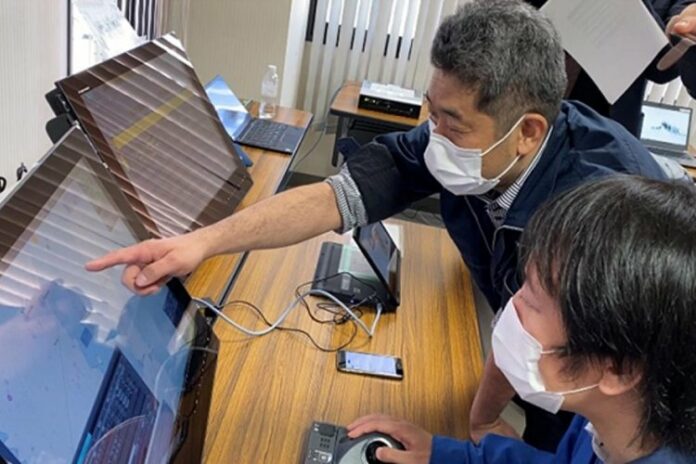NYK and its group companies MTI Co. Ltd., Keihin Dock Co. Ltd., and Japan Marine Science Inc. (JMS) obtained useful results in the second test of the remote navigation of a tugboat as a part of the Japanese government’s Sea Trial Project on Remote Control Navigation for the realization of autonomous ships by 2025.
Within Tokyo Bay, a manned tugboat equipped with a remotely controlled system was operated remotely from the operation center in the city of Nishinomiya in Hyogo prefecture approximately 400 kilometers away. In the previous test in January this year, the operator in the remote operation center used sensors and cameras equipped to the tugboat to recognize surrounding conditions, created a route plan and action plan (collision avoidance route plan) for the remote control. In this second test this time, the below two tests to respond to malfunctions of equipment or ship-shore communication were conducted.

Tests to confirm response functions to equipment malfunctions or interruptions of ship-shore communication were conducted. In the tests, a signal sent remotely to the ship to stop as quickly as possible, and automatically navigate at a reduced speed until the next waypoint, to ensure ship safety functions or maintaining limited usage of the ship in the situation of troubles of equipment or ship-shore communication.
The purpose of this test was to confirm the optimization function of data communication amount depending on the available communication bandwidth for remote control. To ensure stable remote maneuvering, the amount of communication needs to be automatically adjusted. For that reason, the transferring data amount of radar echo should be controlled according to available communication bandwidth so that it does not affect other data transmissions. For remote control, it is necessary to monitor the position of the ship and nearby obstacles in real time, and communication interruption due to communication overload has to be avoided so that confirmation of this communication optimization function is indispensable.



